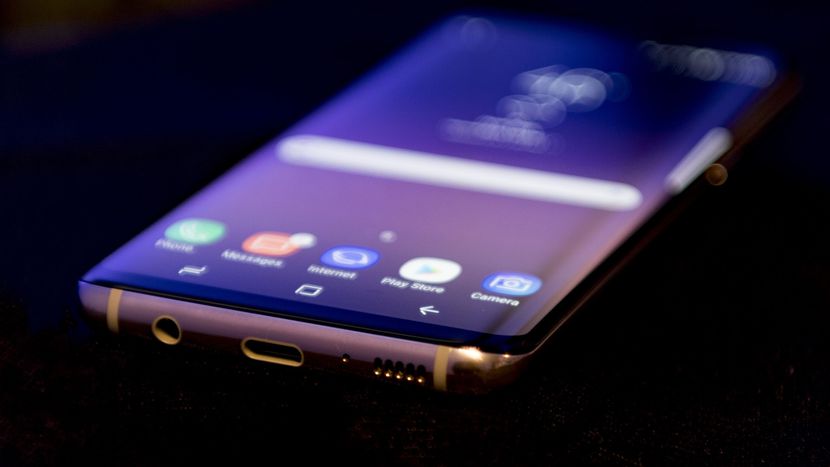More Nigerians are going for second-hand phones or used phones even as Samsung mulls cutting global production by 30 million.
Data report by Counterpoint Technology Market Research revealed that number of Nigerians going for used phones rose by 10 per cent in 2021.
It said Nigerians are buying more used iPhones and Samsung devices.
The report said the global secondary smartphone saw a surge in demand and supply in 2021, growing by 15 per cent in terms of volume.
Reasons for this trend:
Most flagships by brands are very expensive.
ALSO READ: Owo Church Attack, Philadelphia shooting, Pentecost (Pfingsten), Others Top Trends
For instance, iPhone 13 sells for between N400, 000 and a little below one million on some online stores.
Likewise, Samsung flagships cost a fortune.
Similarly, cost of living has gone very high, especially in Nigeria with food prices skyrocketing.
Meanwhile, since Nigerians want to connect more with friends and family, as well as enjoy other benefits of having smartphones, many go for used ones instead of flagships to reduce cost.
Consequently, the report by the data body said said a large share of consumers are buying refurbished models.
It added that Apple is the most bought secondhand phone in the market.
A senior analyst, Glen Cardoza, said, “Refurbished smartphones are a part of overall pre-owned devices which re-enter the system through various routes.
“Trade-ins are the fastest-growing source for such pre-owned smartphones, the volume of which grew more than 10 per cent globally in 2021.
“We are seeing a Year-on-Year increase in volumes among refurbished players in developing markets like China, India, Latin America, Southeast Asia, and Africa.
“These markets will grow more as they have many unorganized businesses and a large rural demographic yet to be captured.
“Average selling prices of refurbished smartphones increased marginally as 4G devices still retained value.”
Also, the research body said said Latin America and India had the highest growth rates in the secondhand smartphone market.
It said 29 per cent of Latin Americans and 25 per cent of Indians go for second-hand phones.
It added that the United States, China, and Europe showed strong growth in volumes from 2020.
The Research Director, Jeff Fieldhack, said, “The India and LATAM markets saw the highest growth rates in 2021 and also have the highest future potential growth over the next few years.
“There were supply shortages in the secondary market in 2020 due to COVID-19 lockdowns and other supply chain disruptions. But the market roared back in 2021.
“There are large consumer appetites for flagships and the latest flagships have the highest point-of-sale prices in India and LATAM.
“The secondary market offers consumers the ability to access these devices at ASPs 60 per cent lower than new versions.
“The improved durability and high quality of flagships make them very appealing in the secondary market.”
This is according to SamMobile, which cites a report from Korean outlet Maeil Business News.
It said Samsung will cut production from 310 million to 280 million in 2022.
This production cut will affect Samsung’s phones across its lineup, from low-end models to flagships.
Implications:
Although Samsung mulls cutting production by 30 million, the fact that the cut affects lower end models may be counter-intuitive.
People only go for second-hand phones because of lack of funds.
So, reducing production for lower models might not be ideal for the company.
Similarly, the hard economic condition in Nigeria is clearly one of the reasons why many Nigerians are going for used phones.



















 and then
and then